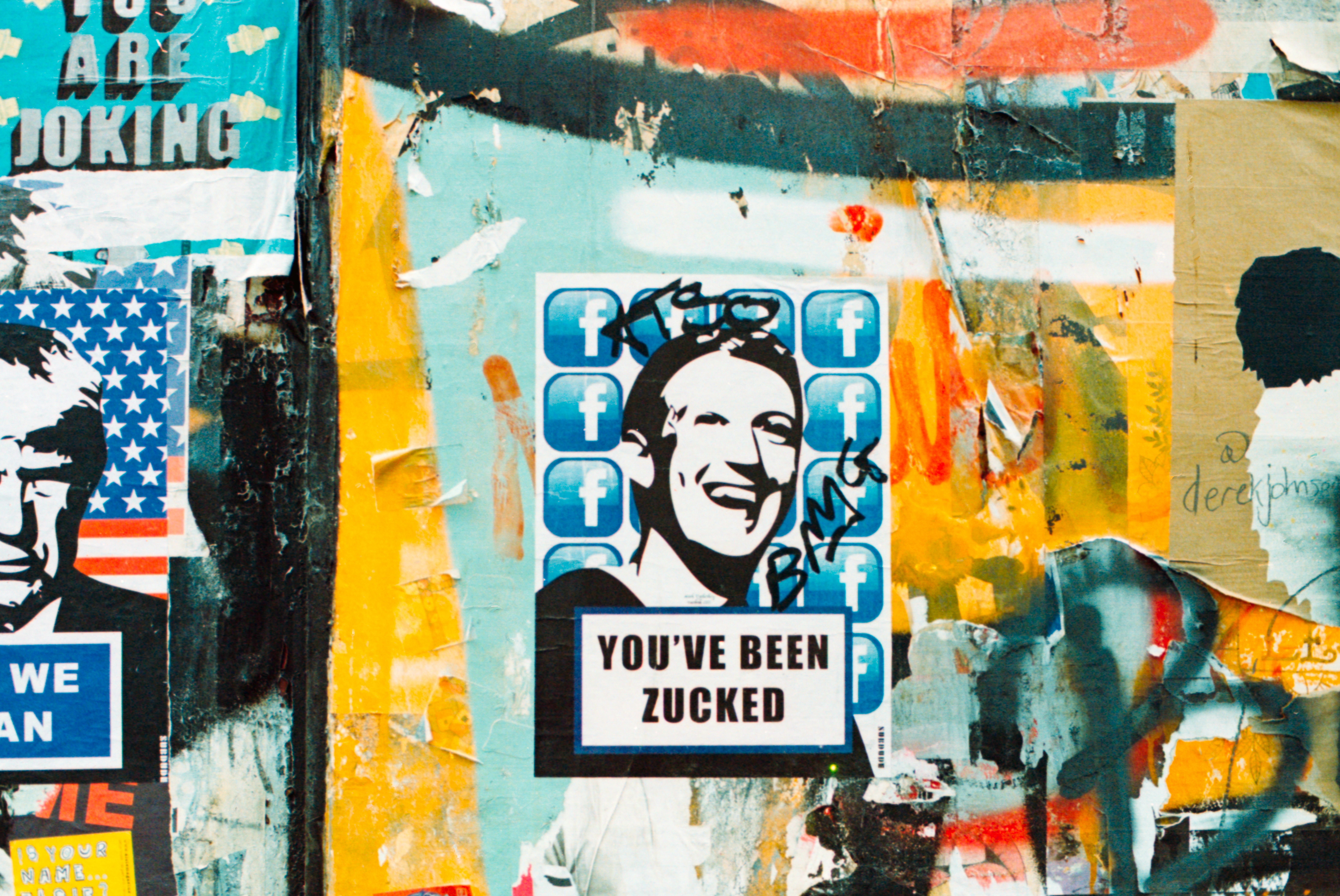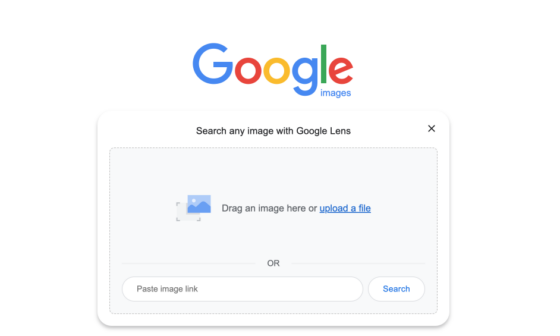“Shadow banning,” also known as ghost banning or stealth banning, refers to a practice used by online platforms and social media sites where a user’s posts or activities are hidden from other users without notifying the affected user. Essentially, it’s a way of blocking a user’s content in such a manner that the user doesn’t realize it’s happening.
You’ve been zucked!
Here’s a more detailed breakdown:
- Hidden Posts: When a user is shadow banned, their posts, comments, or activities may not appear to others. For example, on a social media platform, the user’s posts might not show up in others’ feeds or in search results, even though they appear normal to the user who posted them.
- Limited Reach: The primary objective of shadow banning is to limit the reach of a user’s content, often in response to violations of community guidelines or to reduce the spread of spam, misinformation, or abusive behavior.
- No Notification: Unlike regular bans, where users are informed about the ban and the reason behind it, shadow banning happens without any notification. The user continues to use the platform as usual, unaware that their content is being restricted.
- Controversy and Criticism: This practice is controversial and has been criticized for its lack of transparency and potential for abuse. Users often find it frustrating and unfair, as they are given no explanation or opportunity to appeal.
- Detection Difficulty: It can be difficult for users to definitively know if they’ve been shadow banned, as the effects can sometimes resemble natural fluctuations in engagement or issues with the platform’s algorithms.
Platforms use shadow banning as a tool to manage community interactions and maintain the quality of content without engaging in overt censorship. However, the secrecy and lack of clarity surrounding this practice continue to be points of contention among users.




